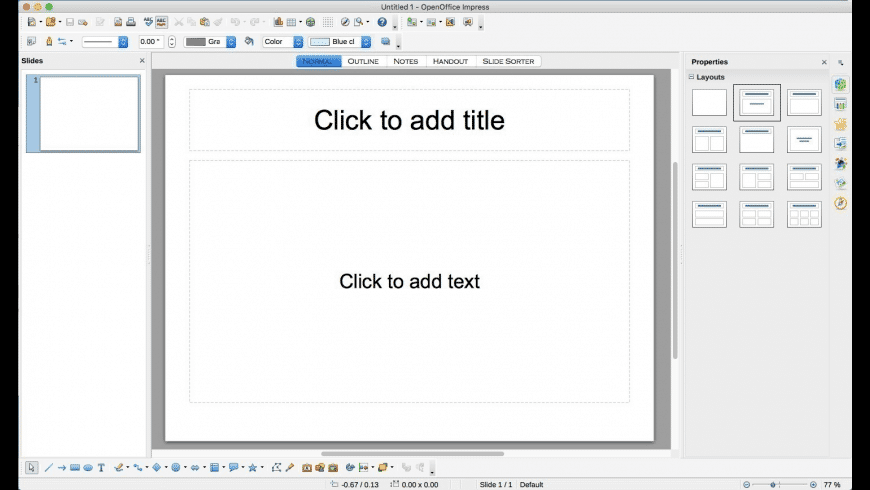

A completely open development process means that anyone can report bugs, request new features, or enhance the software.

Designed from the start as a single piece of software, it has a consistency other products cannot match. It can be downloaded and used completely free of charge for any purpose.Īpache OpenOffice for macOS is the result of over twenty years' software engineering. It stores all your data in an international open standard format and can also read and write files from other common office software packages. It is available in many languages and works on all common computers. With the upcoming StarOffice 6 technology, the next generation architecture of separate applications and componentized services will be introduced." However, the current release of StarOffice remains at Version 5.2.Apache OpenOffice for Mac is the leading open-source office software suite for word processing, spreadsheets, presentations, graphics, databases and more. "We decided that the best way to move the Mac product forward was to open-source it," Sun's Roth explained.Īt the time, Sun said that the move to open source would result in OpenOffice being available "for all major platforms, including Solaris Operating Environment, Windows, Linux and, later in the year, the Macintosh." It also predicted that "StarOffice 6, the next version currently in development, will serve as the source code base for. In July 2000, Sun announced that it was opening the StarOffice source code. The Web site quoted a public relations manager at the San Francisco firm of Burson-Marsteller: "Sun is planning a Mac port, and a schedule will be announced when the requirements have been reviewed." But that company later ended its relationship with Sun, and a final, commercial version of StarOffice for the Mac did not see the light of day. However, the project met developmental delays, and in August of 1999 Sun purchased Star Division, complete with StarOffice.īy early 2000, reports of a planned Macintosh version of StarOffice resurfaced. The English version was scheduled to ship in early 1996, soon after Windows 95 and OS/2 versions all three were expected to cost about half the price of Microsoft's Office products.


 0 kommentar(er)
0 kommentar(er)
